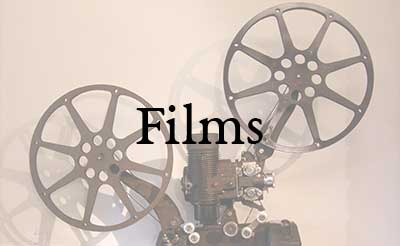
By raising, harvesting and curing our own livestock, we gain more than kitchen thrift, nutritional benefit and a reduced dependence on an abusive system.
We regain to know ourselves by intimacy with the lives and the labors that sustain us.
A domestic pig harvest is a way to measure time. It is no accident that the inherent seasonality to peasant harvesting and curing wove itself into the medieval calendar. It is a culture birthing discipline, one that pertains to our survival and invites our indulgence.
Nowadays, intelligent men and women are expected to be bored by domesticity. We ought rather to find fulfillment in fussy shopping, rather than an orderly larder. This puts me in the odd place of advocating the most radical position of all: a return to orthodoxy.
Slavish adherence to recipes is the bitter fruit of the home cook’s liberation from raising and harvesting a pig. Recipes have their place as time capsules, but most of the time they exist because the cook doesn’t know why the ingredients combine to make the dish. So rather than shackle her to quantities and temperatures, my approach is to give her command over the harvest. The temperatures and quantities then become intuitive.

In light of the entire narrative from field to plate, this prowess is remarkably intelligible. In spite of the elliptical hillbillies and the chefs in lab coats, it remains an
assertion of delight in human scale.
There is no cost in quality or safety either. This is no rejection of food science for a romantic but ill-informed carelessness. Quite the opposite, it is a return to the practices that worked before microbiology could describe why. All too often, the modern food discourse reverses the order, not asking what is true but questioning whether what worked in practice will work in modern theory.
What we teach is therefore utterly unique in the American meat landscape in unreservedly detailing the making of salami without nitrite and starter cultures. Bacon making requires only salt and time. Wood cutting surfaces must never be bleached. Curing is not just the flavoring but the preservation of meat that never goes bad; it goes good.
These are peasant products and so do not come from test kitchens. They retain the simplicity of the home hearth where measuring bowls and complex instruments are too time-consuming. It is not that accuracy is unimportant, but that most devices function as crutches, making accuracy unintelligible.
If, instead, intelligibility with integrity is what you aim to pursue we hope you’ll consider our education options, especially our latest online membership tool.





